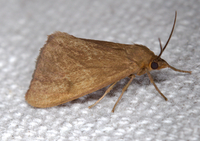
| Recorded by: Jim Petranka on 2025-09-11
Madison Co.
Comment: Specimen was dissected (male). | 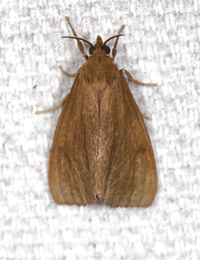
| Recorded by: Jim Petranka on 2025-09-11
Madison Co.
Comment: |

| Recorded by: Jim Petranka on 2025-09-11
Madison Co.
Comment: | 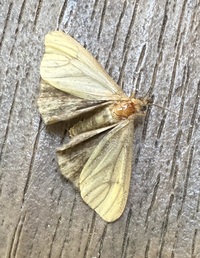
| Recorded by: Marilyn Westphal on 2025-09-07
Henderson Co.
Comment: |
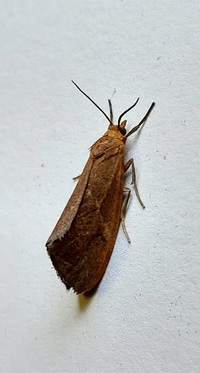
| Recorded by: Mark Basinger on 2025-09-01
Rowan Co.
Comment: | 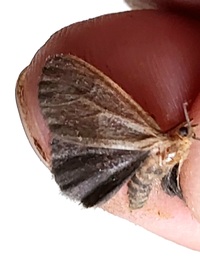
| Recorded by: Mark Basinger on 2025-09-01
Rowan Co.
Comment: |
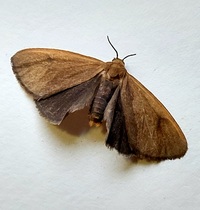
| Recorded by: Mark Basinger on 2025-08-31
Rowan Co.
Comment: | 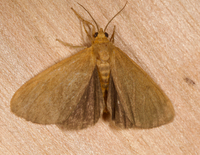
| Recorded by: Jim Petranka, Becky Elkin, Marilyn Westphal, Nora Murdock on 2025-08-25
Henderson Co.
Comment: |
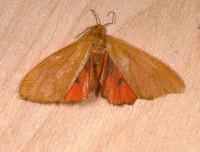
| Recorded by: Jim Petranka and Becky Elkin on 2025-07-26
Madison Co.
Comment: | 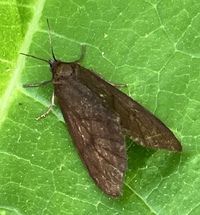
| Recorded by: Ken Kneidel on 2025-07-14
Yancey Co.
Comment: |
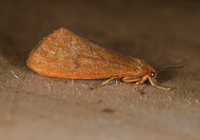
| Recorded by: Jim Petranka, Mark Basinger and Becky Elkin on 2025-06-25
Mitchell Co.
Comment: | 
| Recorded by: Jim Petranka, Mark Basinger and Becky Elkin on 2025-06-25
Mitchell Co.
Comment: |
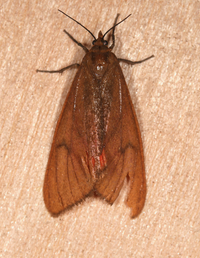
| Recorded by: Jim Petranka and Mark Basinger on 2025-06-23
Buncombe Co.
Comment: | 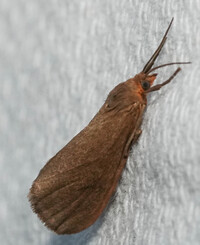
| Recorded by: Chuck Smith on 2025-04-16
Bladen Co.
Comment: |
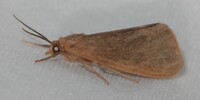
| Recorded by: David George, Jeff Niznik, Kenneth Geisert, David Bradley, Julie Tuttle, Patrick Coin, Kaitlyn Elliott, Becky Watkins on 2024-08-17
Durham Co.
Comment: | 
| Recorded by: Owen McConnell on 2024-08-06
Graham Co.
Comment: |

| Recorded by: Jim Petranka on 2024-07-31
Madison Co.
Comment: | 
| Recorded by: Jim Petranka on 2024-07-31
Madison Co.
Comment: |
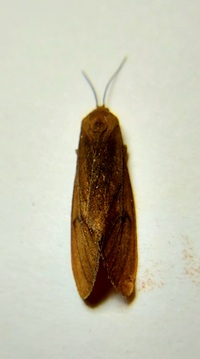
| Recorded by: Mark Basinger on 2024-06-24
Yancey Co.
Comment: | 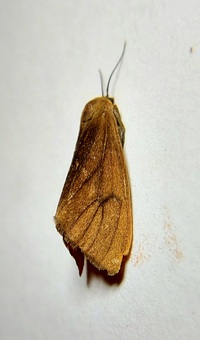
| Recorded by: Mark Basinger on 2024-06-24
Yancey Co.
Comment: |
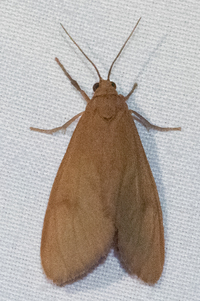
| Recorded by: Emily Stanley on 2024-06-01
Buncombe Co.
Comment: | 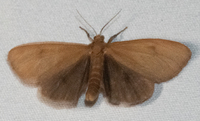
| Recorded by: Emily Stanley on 2024-06-01
Buncombe Co.
Comment: |
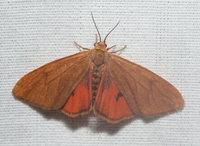
| Recorded by: David George, Jeff Niznik on 2024-05-25
Chatham Co.
Comment: | 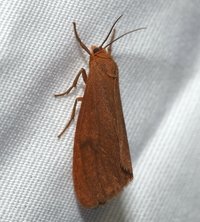
| Recorded by: David George, Rich Teper on 2024-05-13
Chatham Co.
Comment: |
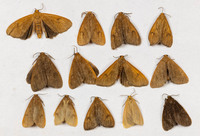
| Recorded by: Stephen Hall, David George, and David Bradley on 2024-05-07
Durham Co.
Comment: | 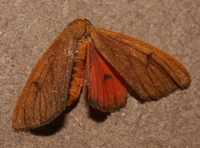
| Recorded by: David George, Jeff Niznik on 2024-04-29
Chatham Co.
Comment: |
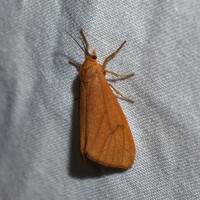
| Recorded by: David George, Stephen Dunn, Jeff Niznik on 2024-04-29
Chatham Co.
Comment: | 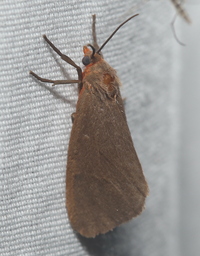
| Recorded by: David George, Jeff Niznik, Rich Teper on 2024-04-16
New Hanover Co.
Comment: |
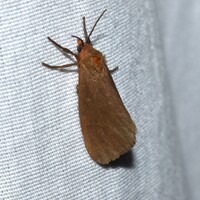
| Recorded by: David George, Jeff Niznik, Rich Teper on 2024-04-16
New Hanover Co.
Comment: | 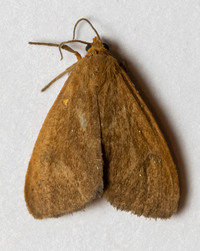
| Recorded by: Stephen Hall on 2023-09-16
Orange Co.
Comment: |
|

 »
»
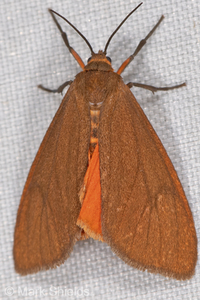
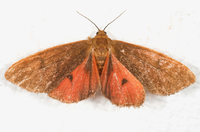
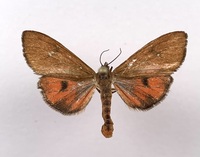

 »
»


